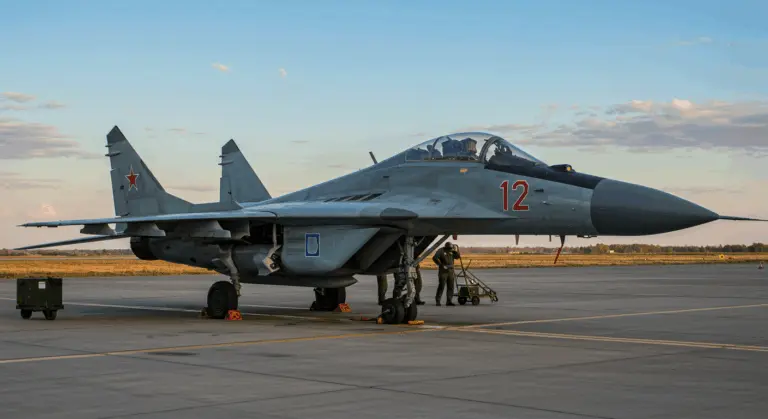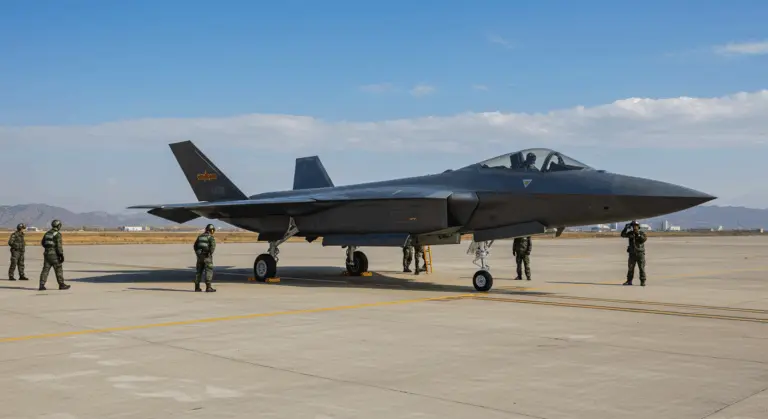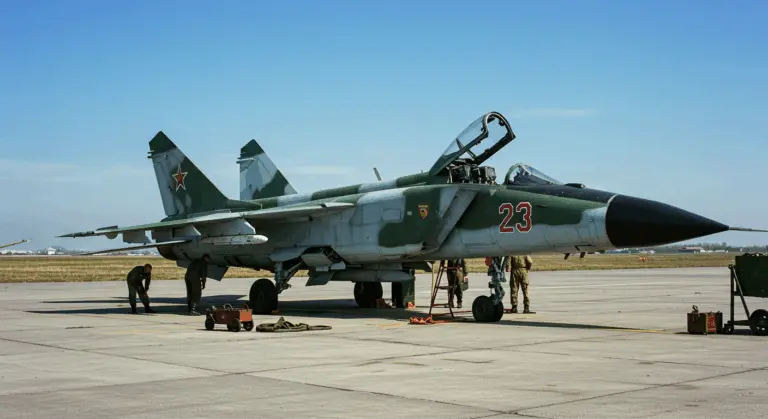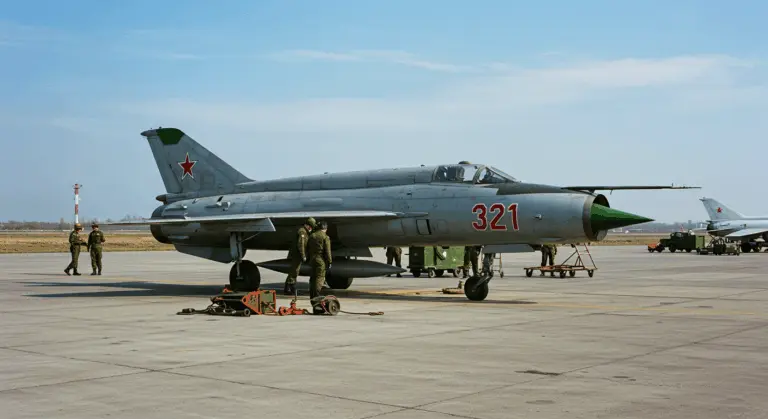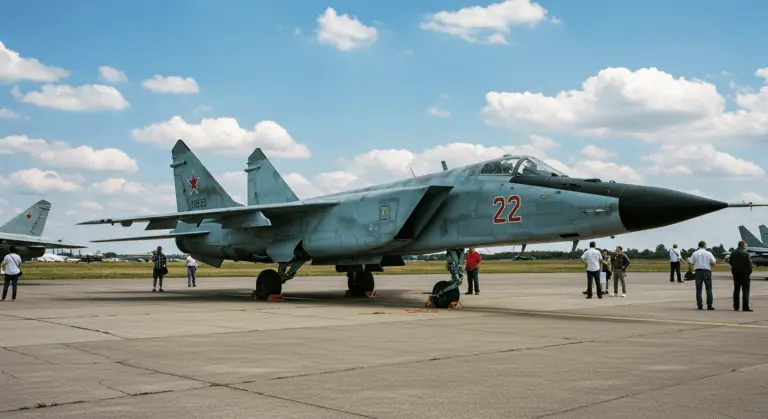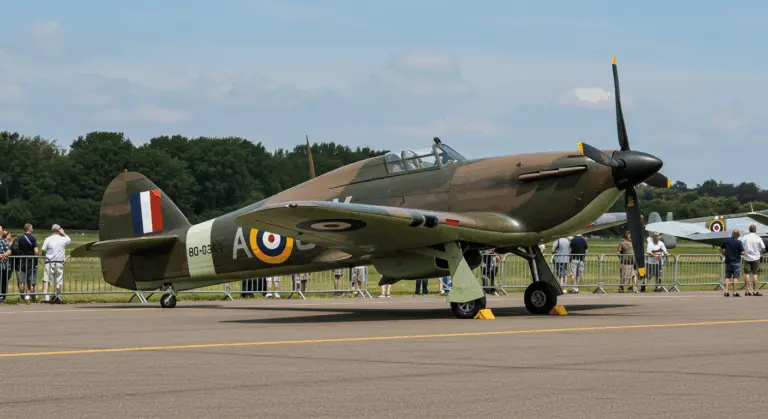Overview of the Locke-Wulf FW 190
Conceived by Kurt Tank in the late 1930s, this single-seat, single-engine fighter quickly established itself as a formidable combat aircraft from the moment it entered service.
Among Allied pilots, the FW 190 struck fear with its rugged construction, devastating firepower, and outstanding performance. It became the backbone of German air operations.
The aircraft’s debut represented a turning point in aviation technology, combining superb handling characteristics with lethal combat prowess—cementing its status as one of the war’s most intensively analyzed fighter designs.
Development and Design of the FW 190
Development of the Locke-Wulf FW 190 commenced in 1937 when the German Air Ministry demanded a new fighter to complement the Messerschmitt BF 109. Kurt Tank, Locke-Wulf’s technical director and chief designer, approached this challenge with a clear philosophy: prioritize ruggedness, reliability, and pilot visibility. These principles would ultimately define the aircraft’s battlefield dominance.
Departing from the BF 109’s liquid-cooled power plant, Tank chose the BMW 801 air-cooled radial engine for the FW 190.
The FW 190 D-9 variant—affectionately dubbed the “Dora-9″—marked a significant development introduced during the war’s later stages.
Key Variants of the FW 190
The FW 190 produced many variants, each designed for distinct combat missions. The A-8/N variant featured enhanced armament specifically for bomber interception, with an impressive 6,655 units rolling off production lines.
The A-series was powered by the twin-row BMW 801 radial engine, forming the fighter’s production backbone. This engine allowed the aircraft to shoulder heavier payloads than most rivals, delivering exceptional versatility across mission profiles.
-
D-series: Featured an inline engine for improved high-altitude performance.
-
F-series: Specialized in ground-attack roles with modified armor and weapon systems.
-
G-series: Focused on long-range fighter-bomber missions with additional fuel capacity.
Combat History of the FW 190
When the Locke-Wulf FW 190 first appeared over France in 1941, it alarmed Allied air commands.
The FW 190 served on every major front after 1941, proving its versatility in several key roles:
-
Day fighter: Scored numerous victories against Allied aircraft.
-
Fighter-bomber: Delivered precision strikes on tactical targets.
-
Ground-attack: Provided devastating close air support for German ground forces.
-
Night-fighter: Hunted Allied bombers under the cover of darkness.
In ground attack missions, the FW 190 excelled—its bulletproof construction absorbed punishing battle damage while maintaining combat effectiveness.
Production and Legacy of the FW 190
Producing 23,823 units total, the FW 190 ranked as Germany’s second-most manufactured fighter, trailing only the legendary BF 109. This remarkable production achievement occurred across multiple facilities despite increasingly chaotic wartime circumstances.
The FW 190’s influence transcends its wartime achievements, influencing subsequent fighter development while securing its position among aviation’s greatest combat aircraft. Today, its legacy lives on through museum displays, historical archives, and ambitious replica projects that continue captivating aviation enthusiasts worldwide.
Specifications of the FW 190 A-8
The FW 190 A-8 stood among the most prolific and battle-proven variants. Its key specifications include:
-
Engine: BMW 801 D-2 radial engine (1,700 hp)
-
Maximum Speed: 652 km/h (405 mph) at 5,920 m (19,420 ft)
-
Range: 900–1,000 km (560–620 miles)
-
Armament: Typically two 13mm MG 131 machine guns and four 20mm MG 151/20 cannons.
-
Features: Improved cockpit armor and an optional “Sturrock” heavy armor package for bomber interception.
Operators of the FW 190
The FW 190 was flown by several nations, both during and after World War II:
-
Germany (Luftwaffe): The primary operator, deploying the FW 190 across all fronts in fighter (Jagdgeschwader), ground-attack (Schlachtgeschwader), and night-fighter (Nachtjagdgeschwader) units.
-
Hungary: The Royal Hungarian Air Force operated a few FW 190s for air defense on the Eastern Front.
-
Romania: The Royal Romanian Air Force used the FW 190 in defensive roles against Allied air attacks.
-
France: Post-war, the French Air Force operated captured FW 190s and briefly continued production under the designation NC.900.
Further Reading and Resources
-
Books: For detailed technical and combat histories, see works like Locke-Wulf FW 190 in Combat by Alfred Price and Locke-Wulf FW 190: Volume I by J. Richard Smith.
-
Museums: Surviving examples can be seen at the Deutsche’s Technikmuseum (Berlin), the Royal Air Force Museum (London), and the National Air and Space Museum (Washington, D.C.).
-
Online Resources: Websites like the Luftwaffe Resource Center and the War bird Resource Group offer extensive data and galleries. Organizations such as Flag Were provide information on modern replicas.

